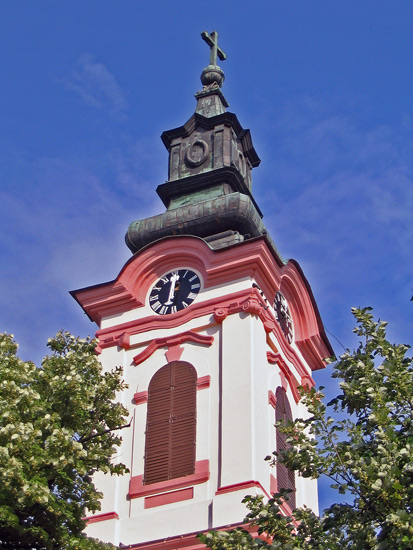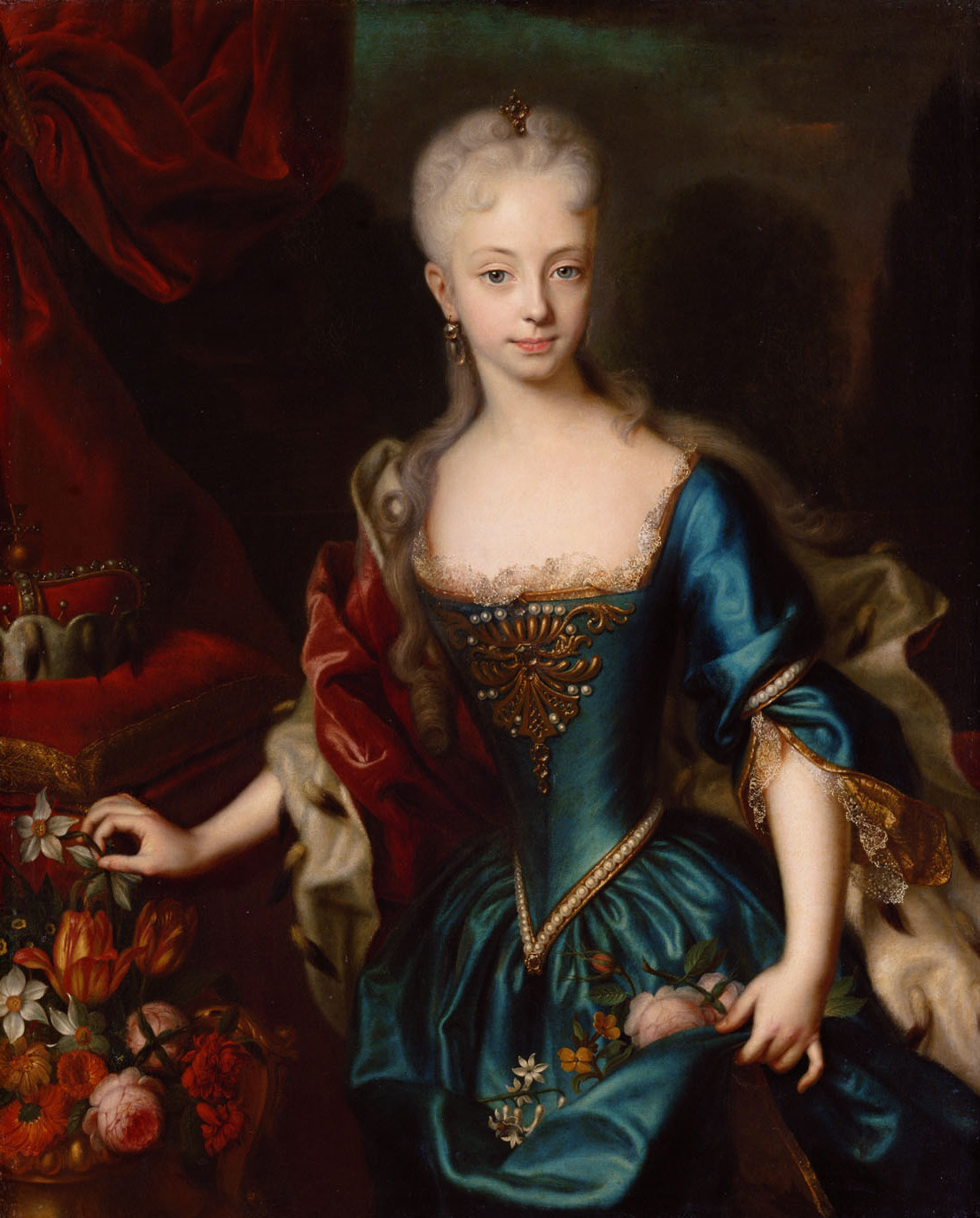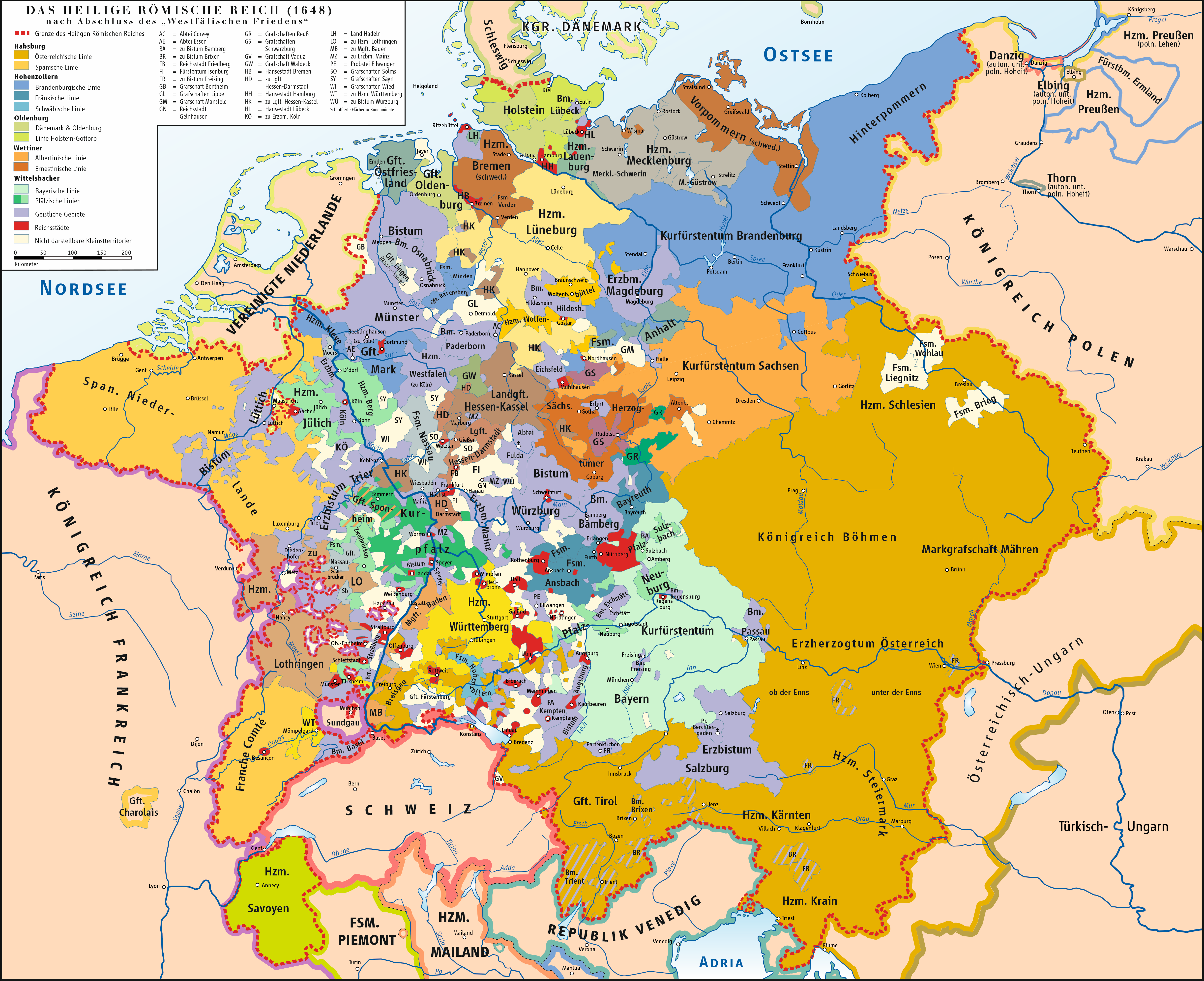|
Kljajićevo
Kljajićevo (Serbian Cyrillic: Кљајићево) is a village in Serbia. It is situated in the Sombor municipality, in the West Bačka District, Vojvodina province. The village has a Serb ethnic majority and its population numbered 6,012 people (2002 census). Name In Serbian the village is known as ''Kljajićevo'' (Кљајићево), in Croatian as ''Kljajićevo'', in Hungarian as ''Kerény'', and in German as ''Kernei'' or ''Gernei''. History Older settlements Human settlement in the territory of present-day Kljajićevo has been traced as far back as the Stone Age. In 1391, during the administration of the Kingdom of Hungary, settlement named Szent Király (Sveti Kralj) was mentioned at this location. Ottoman administration During the Ottoman administration (16th–17th centuries), Bačka was part of the Sanjak of Segedin (Szeged). The former Hungarian population escaped during the Ottoman conquest and the area was then populated mostly by ethnic Serbs from the sou ... [...More Info...] [...Related Items...] OR: [Wikipedia] [Google] [Baidu] |
Sombor
Sombor ( sr-Cyrl, Сомбор, ; ; ) is a List of cities in Serbia, city and the administrative center of the West Bačka District in the autonomous province of Vojvodina, Serbia. The city has a total population of 41,814 (), while its administrative area (including neighboring villages) has 70,818 inhabitants. Name and etymology In Serbian language, Serbian, the city is known as ''Sombor'' (Сомбор), in Hungarian language, Hungarian as ''Zombor'', in Pannonian Rusyn language, Rusyn as ''Zombor'' (Зомбор). The older Hungarian name for the city was ''Czoborszentmihály''. The name originates from the Czobor family, who were the owners of this area in the 14th century. (The family name came from the Slavic name ''Cibor''.) The Serbian language, Serbian name for the city ''(Sombor)'' also came from the family name Czobor, and was first recorded in 1543, although the city was mentioned in historical documents under several more names, such as ''Samobor, Sambor, Sambir, ... [...More Info...] [...Related Items...] OR: [Wikipedia] [Google] [Baidu] |
List Of Populated Places In Serbia
This is the list of populated places in Serbia (excluding Kosovo), as recorded by the Demographics of Serbia, 2002 census, sorted alphabetically by Municipalities of Serbia, municipalities. Human settlement, Settlements denoted as "Urban area, urban" (towns and city, cities) are marked bold. Population for every settlement is given in brackets. The same list in alphabetic order is in List of populated places in Serbia (alphabetic). A Ada (Serbia), Ada Aleksandrovac Aleksinac Alibunar Apatin Aranđelovac Arilje B Babušnica Bač, Serbia, Bač Bačka Palanka Bačka Topola Bački Petrovac Bajina Bašta Barajevo Batočina Bečej Bela Crkva (Vojvodina), Bela Crkva Bela Palanka Beočin Blace Bogatić Bojnik Boljevac Bor (Serbia), Bor Bosilegrad Brus Bujanovac C Crna Trava Č Čačak Čajetina Čoka Čukarica Ć Ćićevac Ćuprija D Despotovac Dimitrovgrad (Serbia), Dimitrovgrad Doljevac G Gadžin Han Golubac ... [...More Info...] [...Related Items...] OR: [Wikipedia] [Google] [Baidu] |
Bačka
Bačka ( sr-Cyrl, Бачка, ) or Bácska (), is a geographical and historical area within the Pannonian Plain bordered by the river Danube to the west and south, and by the river Tisza to the east. It is divided between Serbia and Hungary. Most of the area is located within the Vojvodina region in Serbia and Novi Sad, the capital of Vojvodina, lies on the border between Bačka and Syrmia. The smaller northern part of the geographical area is located within Bács-Kiskun County in Hungary. Name According to Serbian historians, Bačka is a typical Slavic name form, created from "Bač" (name of historical town in Bačka) and suffix "ka" (which designates "the land that belongs to Bač"). The name of " Bač" (Bács) town is of uncertain origin and its existence was recorded among Vlachs, Slavs and Hungarians in the Middle Ages. The origin of the name could be Paleo-Balkanic, Romanian, Slavic, or Old Turkic. According to Hungarian historians, the denominator of the landscape ... [...More Info...] [...Related Items...] OR: [Wikipedia] [Google] [Baidu] |
Hungarian Language
Hungarian, or Magyar (, ), is an Ugric language of the Uralic language family spoken in Hungary and parts of several neighboring countries. It is the official language of Hungary and one of the 24 official languages of the European Union. Outside Hungary, it is also spoken by Hungarians, Hungarian communities in southern Slovakia, western Ukraine (Zakarpattia Oblast, Transcarpathia), central and western Romania (Transylvania), northern Serbia (Vojvodina), northern Croatia, northeastern Slovenia (Prekmurje), and eastern Austria (Burgenland). It is also spoken by Hungarian diaspora communities worldwide, especially in North America (particularly the Hungarian Americans, United States and Canada) and Israel. With 14 million speakers, it is the Uralic family's most widely spoken language. Classification Hungarian is a member of the Uralic language family. Linguistic connections between Hungarian and other Uralic languages were noticed in the 1670s, and the family's existenc ... [...More Info...] [...Related Items...] OR: [Wikipedia] [Google] [Baidu] |
Military Frontier
The Military Frontier (; sh-Cyrl-Latn, Војна крајина, Vojna krajina, sh-Cyrl-Latn, Војна граница, Vojna granica, label=none; ; ) was a borderland of the Habsburg monarchy and later the Austrian and Austro-Hungarian Empire. It acted as the '' cordon sanitaire'' against incursions from the Ottoman Empire. The establishment of the new defense system in Hungary and Croatia took place in the 16th century, following the election of Ferdinand I as king. Six districts under special military administration were established in Hungary and Croatia. The Croatian Military Frontier and the Slavonian Military Frontier came under the jurisdiction of the Croatian Sabor and ban. In 1627, they were placed under the direct control of the Habsburg military. For more than two centuries, they would retain complete civilian and military authority over the area, up to the abolition of the Military Frontier in 1881. During the 17th century, the territory was expande ... [...More Info...] [...Related Items...] OR: [Wikipedia] [Google] [Baidu] |
Maria Theresa Of Austria
Maria Theresa (Maria Theresia Walburga Amalia Christina; 13 May 1717 – 29 November 1780) was the ruler of the Habsburg monarchy from 1740 until her death in 1780, and the only woman to hold the position in her own right. She was the sovereign of Austria, Hungary, Croatia, Bohemia, Transylvania, Slavonia, Mantua, Milan, Moravia, Galicia and Lodomeria, Dalmatia, Austrian Netherlands, Carinthia, Carniola, Gorizia and Gradisca, Austrian Silesia, Tyrol, Styria and Parma. By marriage, she was Duchess of Lorraine, Grand Duchess of Tuscany, and Holy Roman Empress. Through her aunt, Charlotte Christine Sophie, she was cousins with Peter II of Russia, and through her other aunt Antoinette, Duchess of Brunswick-Wolfenbüttel, she was cousins with Elisabeth Christine, Queen of Prussia, the wife of Frederick the Great, and was also cousins with Duke Anthony Ulrich of Brunswick, the husband of Ivan VI’s regent, Sophie, Duchess of Saxe-Coburg-Saafeld and Queen Juliana Ma ... [...More Info...] [...Related Items...] OR: [Wikipedia] [Google] [Baidu] |
Habsburg Monarchy
The Habsburg monarchy, also known as Habsburg Empire, or Habsburg Realm (), was the collection of empires, kingdoms, duchies, counties and other polities (composite monarchy) that were ruled by the House of Habsburg. From the 18th century it is also referred to as the Austrian monarchy, the Austrian Empire () or the Danubian monarchy. The history of the Habsburg monarchy can be traced back to the election of Rudolf I of Germany, Rudolf I as King of the Romans, King of Germany in 1273 and his acquisition of the Duchy of Austria for the Habsburgs in 1282. In 1482, Maximilian I, Holy Roman Emperor, Maximilian I acquired the Habsburg Netherlands, Netherlands through marriage. Both realms passed to his grandson and successor, Charles V, Holy Roman Emperor, Charles V, who also inherited the Monarchy of Spain, Spanish throne and Spanish Empire, its colonial possessions, and thus came to rule the Habsburg empire at its greatest territorial extent. The abdication of Charles V in 1556 led ... [...More Info...] [...Related Items...] OR: [Wikipedia] [Google] [Baidu] |
Shwoveh
The Danube Swabians ( ) is a collective term for the ethnic German-speaking population who lived in the Kingdom of Hungary in east-central Europe, especially in the Danube River valley, first in the 12th century, and in greater numbers in the 17th and 18th centuries. Most were descended from earlier 18th-century Swabian settlers from Upper Swabia, the Swabian Jura, northern Lake Constance, the upper Danube, the Swabian-Franconian Forest, the Southern Black Forest and the Principality of Fürstenberg, followed by Hessians, Bavarians, Franconians and Lorrainers recruited by Austria to repopulate the area and restore agriculture after the expulsion of the Ottoman Empire. They were able to keep their language and religion and initially developed strongly German communities in the region with German folklore. The Danube Swabians were given their German name by German ethnographers in the early 20th century. In the 21st century, they are made up of ethnic Germans from many former and p ... [...More Info...] [...Related Items...] OR: [Wikipedia] [Google] [Baidu] |
Serbs
The Serbs ( sr-Cyr, Срби, Srbi, ) are a South Slavs, South Slavic ethnic group native to Southeastern Europe who share a common Serbian Cultural heritage, ancestry, Culture of Serbia, culture, History of Serbia, history, and Serbian language, language. They primarily live in Serbia, Kosovo, Bosnia and Herzegovina, Croatia, Montenegro as well as in North Macedonia, Slovenia, Germany and Austria. They also constitute a significant diaspora with several communities across Europe, the Americas and Oceania. The Serbs share many cultural traits with the rest of the peoples of Southeast Europe. They are predominantly Eastern Orthodoxy, Eastern Orthodox Christians by religion. The Serbian language, Serbian language (a standardized version of Serbo-Croatian) is official in Serbia, co-official in Kosovo and Bosnia and Herzegovina, and is spoken by the plurality in Montenegro. Ethnology The identity of Serbs is rooted in Eastern Orthodoxy and traditions. In the 19th century, the ... [...More Info...] [...Related Items...] OR: [Wikipedia] [Google] [Baidu] |
Szeged
Szeged ( , ; see also #Etymology, other alternative names) is List of cities and towns of Hungary#Largest cities in Hungary, the third largest city of Hungary, the largest city and regional centre of the Southern Great Plain and the county seat of Csongrád-Csanád County, Csongrád-Csanád county. The University of Szeged is one of the most distinguished universities in Hungary. The Szeged Open Air (Theatre) Festival (first held in 1931) is one of the main attractions, held every summer and celebrated as the Day of the City on 21 May. Etymology It is possible that the name ''Szeged'' is a mutation (linguistics), mutated and truncated form of the final syllables of ''Partiscum (castra), Partiscum'', the name of a Roman colony founded in the 2nd century, on or near the site of modern Szeged. In Latin language contexts, has long been assumed to be synonymous with ''Szeged''. The Latin name is also the basis of the city's Ancient Greek, Greek name ''Partiskon''. However, ''Sz ... [...More Info...] [...Related Items...] OR: [Wikipedia] [Google] [Baidu] |
Sanjak
A sanjak or sancak (, , "flag, banner") was an administrative division of the Ottoman Empire. The Ottomans also sometimes called the sanjak a liva (, ) from the name's calque in Arabic and Persian. Banners were a common organization of nomadic groups on the Eurasian Steppe including the early Turks, Mongols, and Manchus and were used as the name for the initial first-level territorial divisions at the formation of the Ottoman Empire. Upon the empire's expansion and the establishment of eyalets as larger provinces, sanjaks were used as the second-level administrative divisions. They continued in this purpose after the eyalets were replaced by vilayets during the Tanzimat reforms of the 19th century. Sanjaks were typically headed by a bey or sanjakbey. The Tanzimat reforms initially placed some sanjaks under kaymakams and others under mutasarrifs; a sanjak under a mutasarrif was known as a mutasarriflik. The districts of each sanjak were known as kazas. These were ini ... [...More Info...] [...Related Items...] OR: [Wikipedia] [Google] [Baidu] |






